Thank you to one of our Association members who provided the following details about business record keeping and the Federal Government’s JobKeeper Program. Accountants and business advisors, Moore Stephens, circulated the information and it offered to ACWA members in precis form below.
More than 750,000 businesses registered for the JobKeeper Program, and most of them understand the need to maintain adequate records to substantiate eligibility for the Program. According to Moore Stephens, the Australian Taxation Office (ATO) released Law Companion Ruling (LCR) 2020/1 which provides information on documentation the ATO expect businesses to maintain.
ATO’s Compliance Approach
Businesses are required to predict the “supplies” (supplies are fundamentally goods and services) they are “likely to make” during a relevant period when determining eligibility for the Program. However, the ATO accepts that a business’s turnover prediction may differ from the actual result. So what happens if your prediction is incorrect and your business doesn’t meet the required turnover reduction (30% or 50% depending on aggregated turnover)?
Importantly, you will not lose access to the Program providing your prediction was reasonable (on the balance of probabilities) at the time of making the prediction.
The following example is provided in Law Companion Ruling (LCR) 2020/1;
Harris owns a gym. Harris works out his turnover test period projected GST turnover for the June 2020 quarter with information known to him at the end of April 2020. Due to the government COVID-19 restrictions, his gym has been closed all of April. There is no public information that it is likely that government restrictions will be lifted in the turnover test period. Harris did not make any supplies in April and considers it’s likely he will not make any supplies for the rest of the period.
His relevant comparison period of the June 2019 quarter had a current GST turnover of $50,000. Harris keeps good records of when he calculated the test and all of the information he relied on at the time.
It turns out later that the government restrictions in his area are lifted during May 2020, and the gym reopened. By the end of June 2020, the value of supplies actually made by Harris during the June 2020 quarter indicates that his turnover did not decline by more than 30%. The Commissioner accepts that Harris’ projected GST turnover for the June 2020 quarter was correctly determined at the end of April, made on the information available to him at that time.
Records – What You Need
Under LCR 2020/1, evidence to support predictions may include:
- A decline in supplies during the turnover test period or since 1 March 2020 as a result of government COVID-19 restrictions.
- Customers cancelling or modifying existing contracts for supplies on or from 1 March 2020.
- Being required to close or pause the business due to government COVID-19 restrictions.
- Delays in being able to get access to trading stock sourced from overseas on or from 1 March 2020
- Evidence of your business’s reliance on tourism.
- Any consequential impact on the price of what you supply, for example, the impact on the market value of new property being sold by a developer.
- Information known to the business, whether or not publicly available.
- Economic forecasts undertaken by a reputable organisation that are relevant to your type of business.
- The likely timing of government COVID-19 restrictions being lifted for your type of business based on government announcements.
Why is this Important?
If you do not maintain evidence to support your prediction and the ATO does not find your forecast reasonable during a review/audit, you may be required to repay the amounts received under the Program. In addition, there may also be penalties and interest charges for incorrectly determining your eligibility for the Program.
